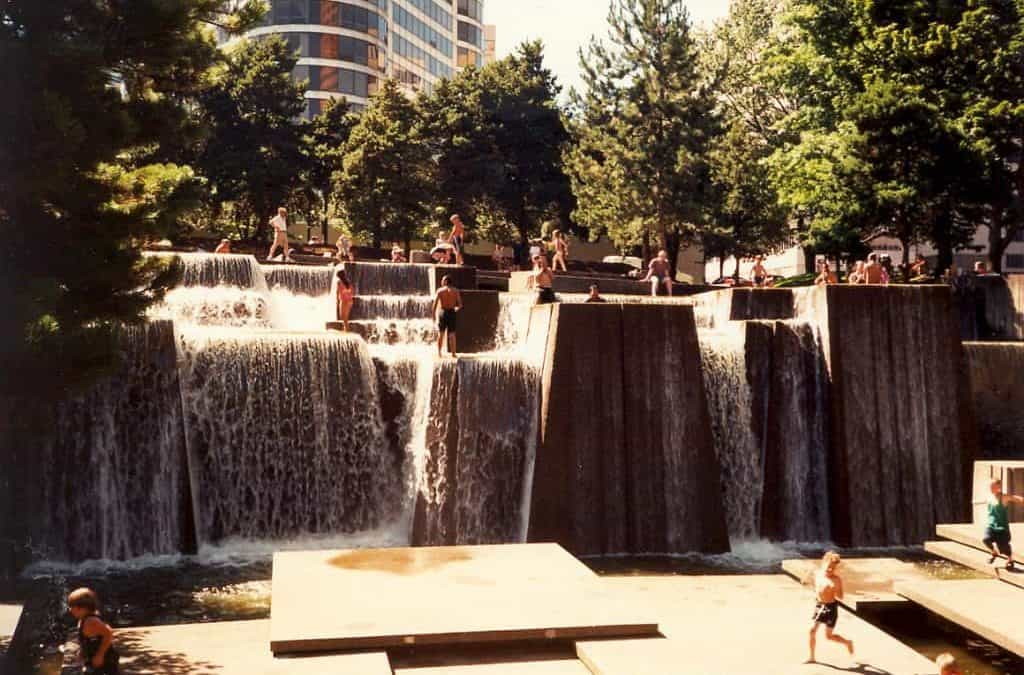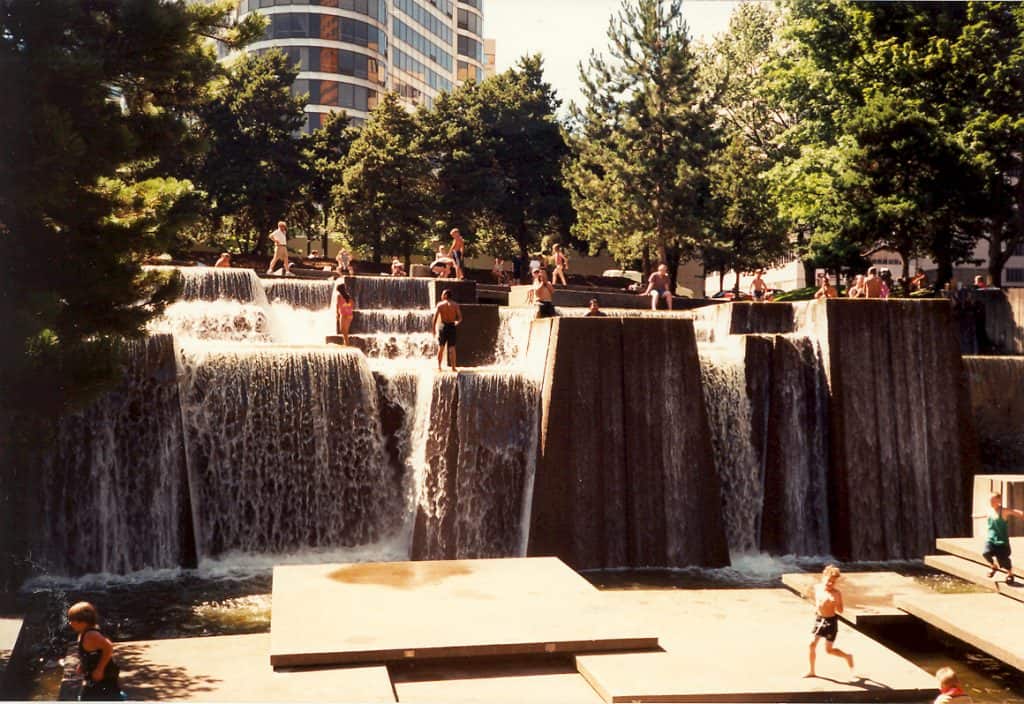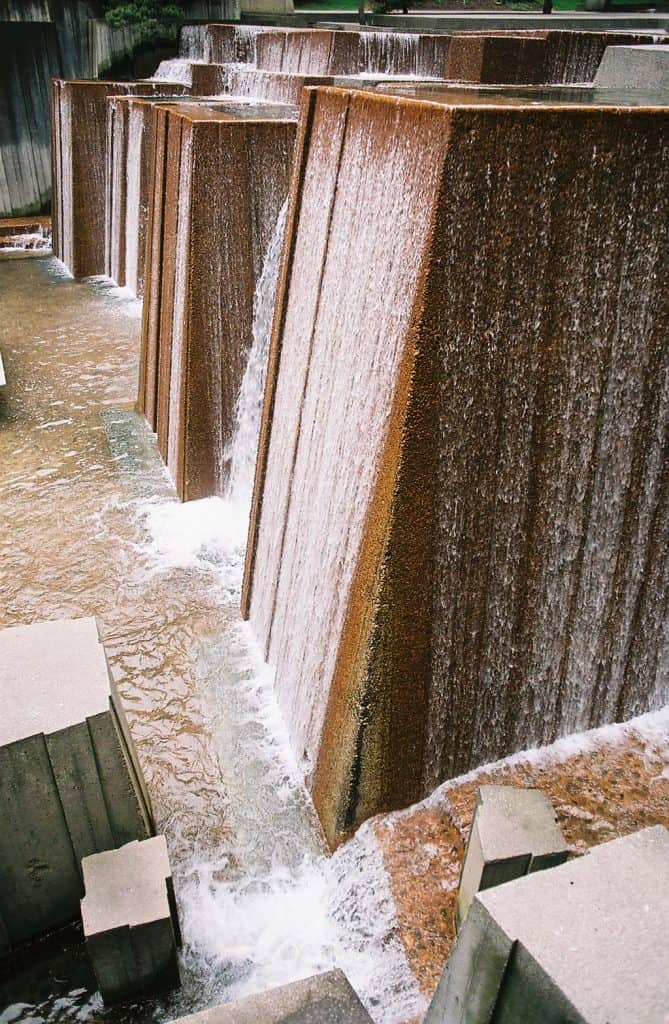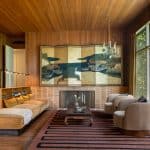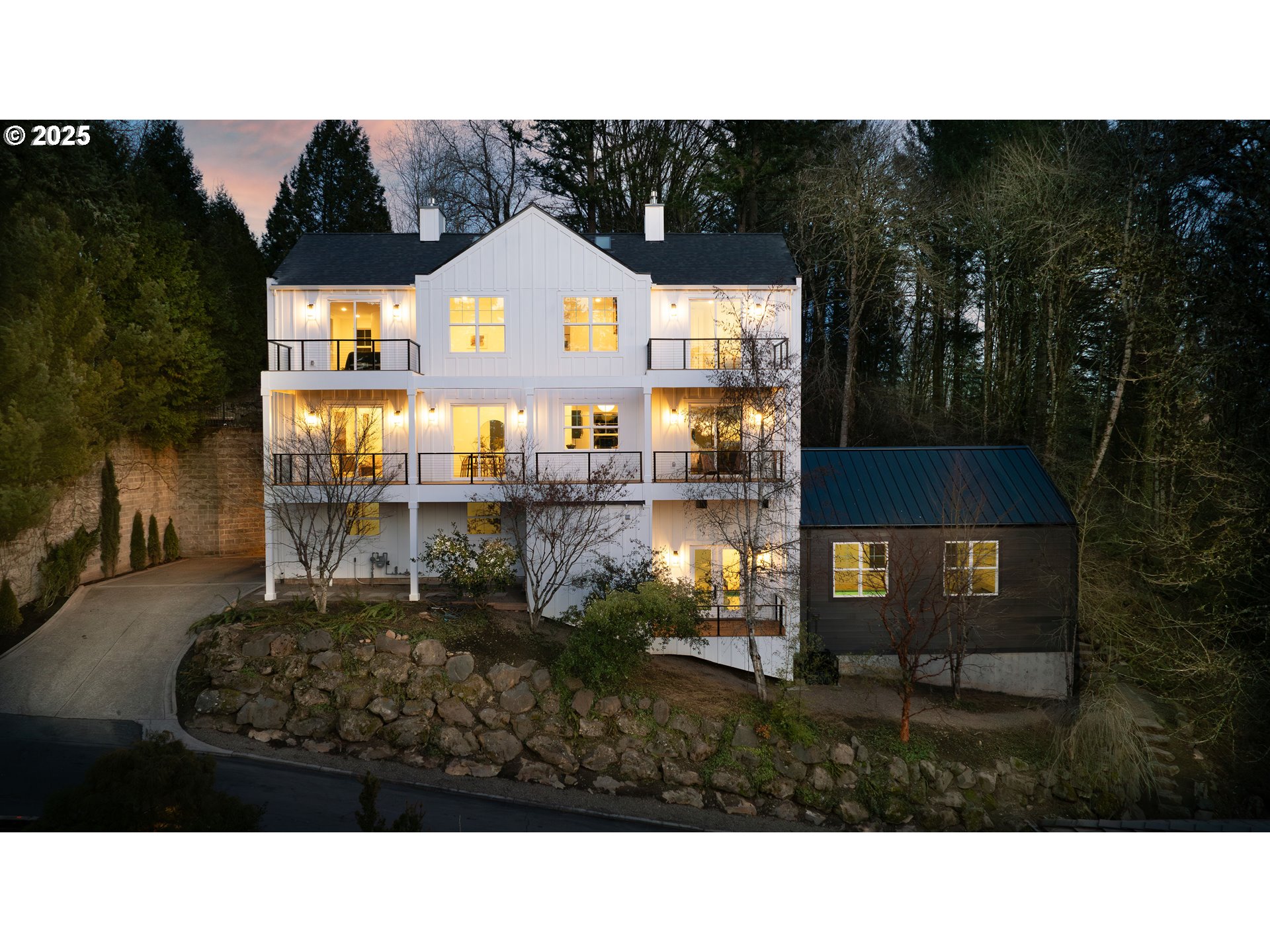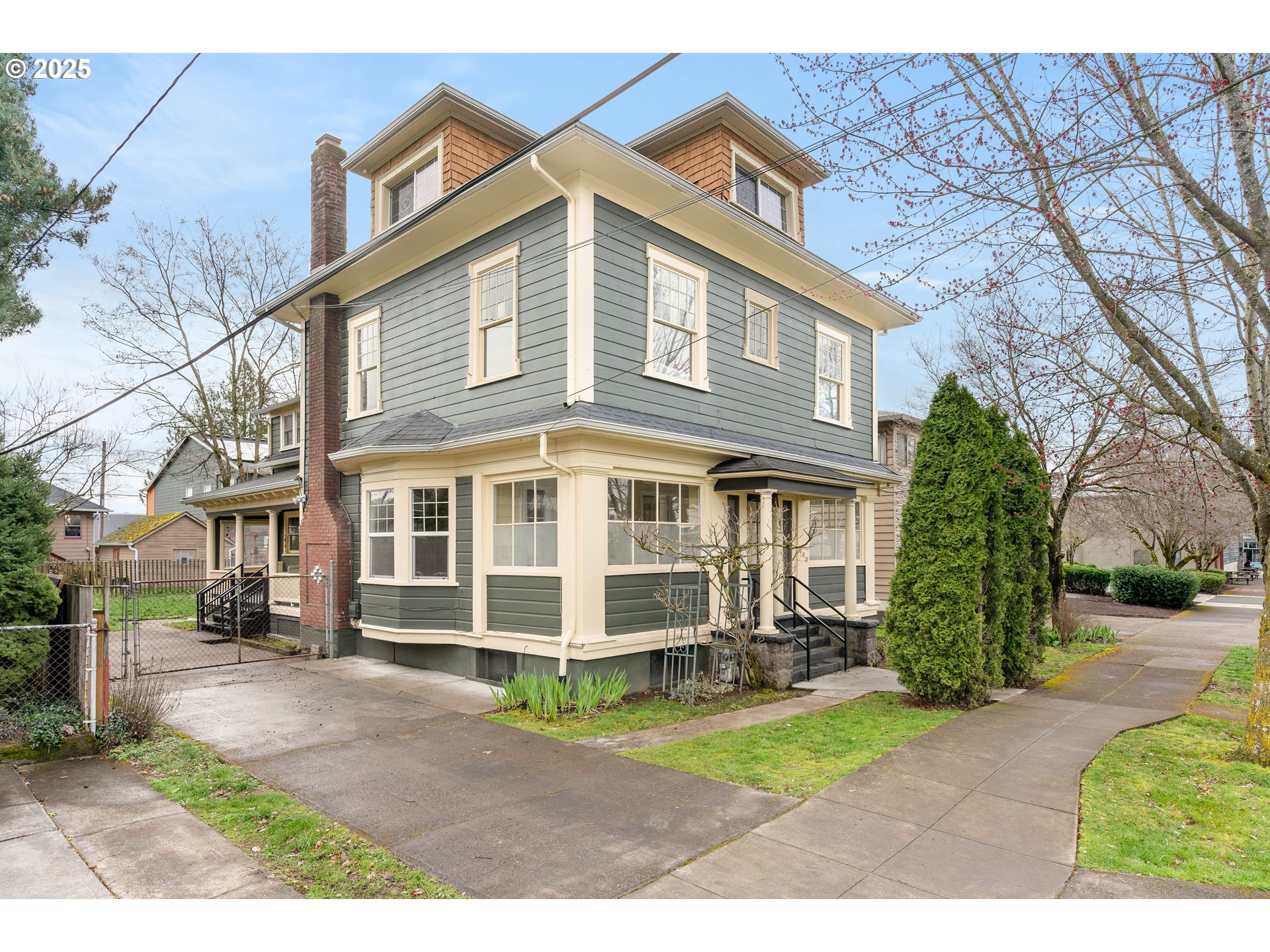Photo Courtesy of Hagar66 (CC)
Angela Danadjieva was born in 1931, in Bulgaria’s capital, Sofia. After World War II, she studied architecture at Bulgaria’s State University and graduated with a degree in 1960. After graduating, Danadjieva went to work for a Bulgarian state film company, as a set designer and art director. She won a Golden Rose award in 1961 (the Bulgarian equivalent of an Oscar) for her set design on the film “The Captured Squadron”. The film also took first prize at that year’s Bulgarian International Film Festival. In 1963, she took part in an international design competition in Cuba, with her partner, Ivan Tvestin. They submitted a project proposal for a museum, plaza, and monument, which got second place and a $3,000 prize. The project was never built, but her interest in architecture continued to grow.
Danadjieva used the prize money to enroll at Ecole National des Beaux-Arts in Paris, the world’s most acclaimed architecture school at the time. She studied there from 1964 to 1966 and after, worked at the Denieul-Marty-Paoli architectural firm. That’s also where, in 1965, Danadjieva and Tvestin entered the San Francisco design competition that would change the course of her career. Their submission won and even though the project was never built, Danadjieva’s work caught the eye of Lawrence Halprin, one of the most acclaimed landscape designers of the 20th century in America.
In 1967, she moved to San Francisco and started working as a designer at Lawrence Halprin & Associates. During her time there, until 1967, she led more than 20 urban design and city planning projects. Some of her projects included the Washington State Capitol in Olympia, Washington, the Virginia Museum of Fine Arts in Richmond, and the Jewish Home of San Francisco. Her first large scale projects with the firm, as well as best-known, was the Ira Keller Fountain in Portland, Oregon, and the Freeway Park in Seattle, Washington.
The Ira Keller Fountain was completed in 1970. It was first named Forecourt Fountain but was re-titled in 1978 after Ira C. Keller, who was a civic leader and first chairman of the Portland Development Commission. The concrete fountain resembles the waterfalls of the Northwest, and an astounding 13,000 gallons of water per minute cascade through its terraces and platforms. It became an instant city landmark and an internationally acclaimed open space. The park is beloved by Portlanders because, as Danadjieva said of the design, “it gives people a respite from the noise and traffic of the city”. The falling water blocks the sounds of cars and the mist created by the water creates cool air in the summer months. To this day, you’ll see Portlanders enjoy the roaring cascades throughout the fair-weather months.
The Freeway Park in Seattle, which covers interstate I-5, was opened in 1976. It was one of the first parks to be built over a highway and to this day remains one of the most impressive postwar landscape architecture projects. The park is defined by a series of irregular, linked plazas that are intertwined and surrounded by board-formed concrete planting containers and walls. It was added to the National Register of Historic Places in 2019.
In 1978 Danadjieva co-founded a multidisciplinary design firm with her partner Thomas Koenig. The pair live and maintain their practice in Tiburon, California. Together they have done projects that have received numerous awards and recognition, including an Honor Award in Design from the American Society of Landscape Architects.
To learn more about Angela Danadjieva and her work check out here.

